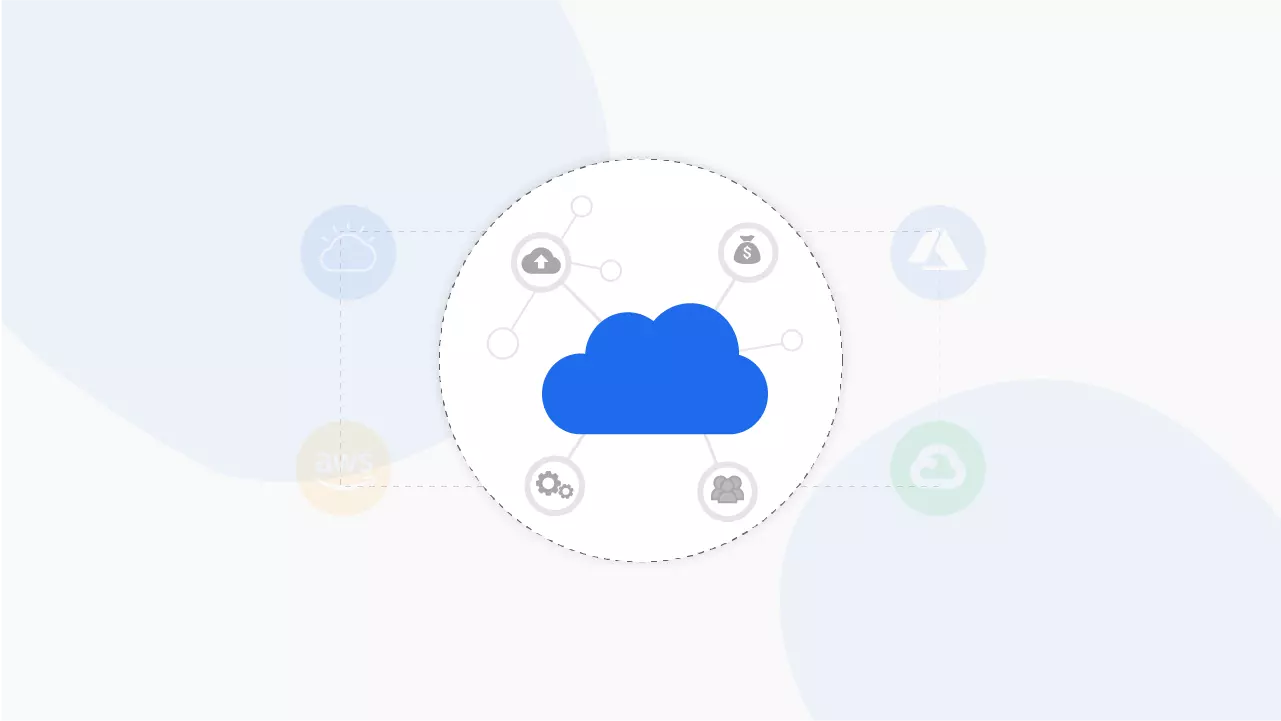Blogs Home
5 Cloud Migrations Challenges & How to Avoid Them
Published on December 1, 2020
3 min read

As the world is moving towards the Cloud, many developers, product owners, and CTOs are bewildered by the many questions a cloud migration poses. Should they keep it on-prem or do migrate to a public cloud? Should they use AWS or Google Cloud Platform or IBM Cloud or a dozen other cloud providers? How do they ensure their application’s ironclad security? How do they come up with a budget for the entire operation? How do they keep it in check? How do they assess their application for cloud migration? Will the cloud migration cost them in terms of lost revenue, availability of service, or a gazillion other metrics they need to track?
All these questions make the cloud migration journey a living nightmare. There is an endless list of options and confusion which is as exhausting as it is frightening.
Seeing this, we at Wanclouds have come up with a checklist to help you make better-informed decisions for your cloud journey. You can also use this list as a roadmap to guide your cloud journey.
- Plan and preparation
- Assess your application’s readiness for migration
- Choosing the right public cloud
- Migrate!
- Check and Validate the application
Plan and Preparation
This phase is particularly tricky because you don’t want to linger on during the planning phase and risk not getting things done. You should bring the whole team together to kick-off the discussion on what your migration journey will look like, the departments that might temporarily get affected during the process, and the responsibilities each team has to take on for a smooth transition to the cloud. This includes your IT operations teams, development & Quality Assurance teams, key stakeholders from all departments and the leadership. It is important for the whole team to be on the same page for a smooth and predictable migration process.
Assess your applications
Before migrating the application, you should do a complete audit of your current applications to assess their readiness for the migration. To assess the readiness, you have to first look at the application’s dependencies and the ecosystem it lives in. The ecosystem could be its physical and virtual network infrastructure including configurations, policies, load balancers, security, and compliance requirements.
Choosing the right public cloud
Choosing the right Cloud means different for each organization. When it comes to cloud, there are a number of different options you can choose from and each may vary depending on your financial constraints, the results you are trying to achieve with cloud adoption and even the systems you have in place currently.
A right migrations partner can answer these questions for you after a careful assessment of your current environment and suggest an option that is the most cost-effective and poses the least friction for the migration.
The Actual Migration
The actual migration of your environment is obviously the most critical step where you need to make sure your current environment gets migrated smoothly to the destination environment. Here is a quick checklist of things you should consider during the migration process:
- Minimum downtime
- No disruption of service
- Compatibility of the new environment with your
- Migration of your content and files from the previous environment
- Availability of the new environment to your users
- Validation of the current environment
This checklist is not exhaustive as each migration is a unique experience and can often lead to unforeseen challenges native to the environment under question. It is best suited to have an expert migrations team or partner that can help you through the process and make sure your migrations are streamlined and air-tight.
Validation
The final step of your migration journey is validating that all the resources from a previous environment are fully migrated and operational on your target environment. This process is mostly done manually to make sure that nothing was left behind and is often followed by a full testing lifecycle to make sure that the new environment is behaving as predicted and isn’t posing any compatibility or service accessibility issues. This step is crucial and marks the completion of a successful migration journey.
Join our newsletter
Sign up for the latest news about Wanclouds.